Golestan Palace: Jewel of Tehran’s Cultural Heritage
I. Introduction: A Regal Oasis in Tehran
Nestled in the heart of Tehran, Golestan Palace stands as a testament to Iran’s rich history and cultural legacy. This opulent complex, with its stunning architecture and lush gardens, offers visitors a captivating journey through the country’s royal past.
II. Historical Background: Echoes of Persian Royalty
A. Origins
Golestan Palace, meaning “Palace of Flowers,” traces its origins to the Safavid era in the 16th century, undergoing expansions and renovations under subsequent dynasties, including the Qajars.
B. UNESCO World Heritage Site
Recognized for its historical significance, Golestan Palace was designated a UNESCO World Heritage Site in 2013, solidifying its place as a cultural treasure.
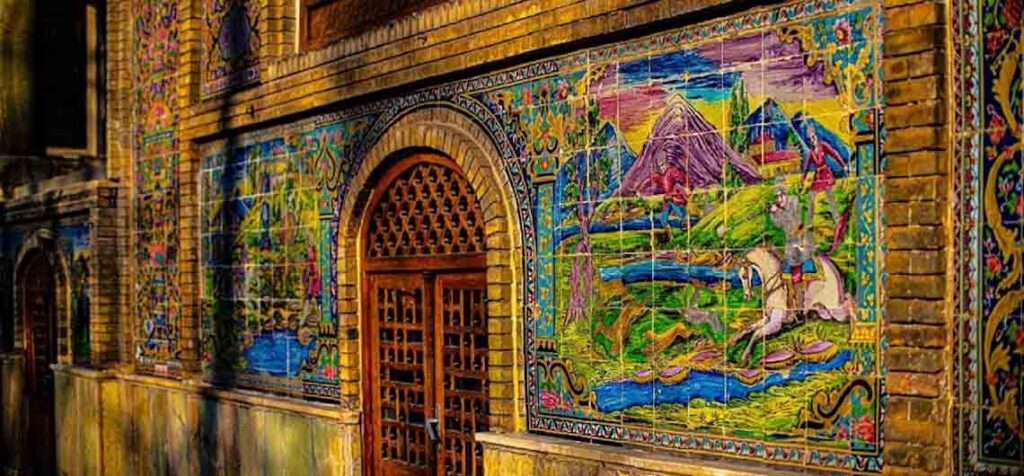
III. Architectural Marvels: A Symphony of Persian Design
A. Brilliant Mosaic of Styles
Golestan Palace showcases a harmonious blend of Persian, European, and Russian architectural styles. From intricate tilework to grand halls adorned with mirrors, every corner exudes regality.
B. Nane-Saraj Pavilion
The Nane-Saraj Pavilion, a highlight of the palace, captivates with its delicate stucco, mirror work, and painted decorations, exemplifying the artistry of the Qajar period.
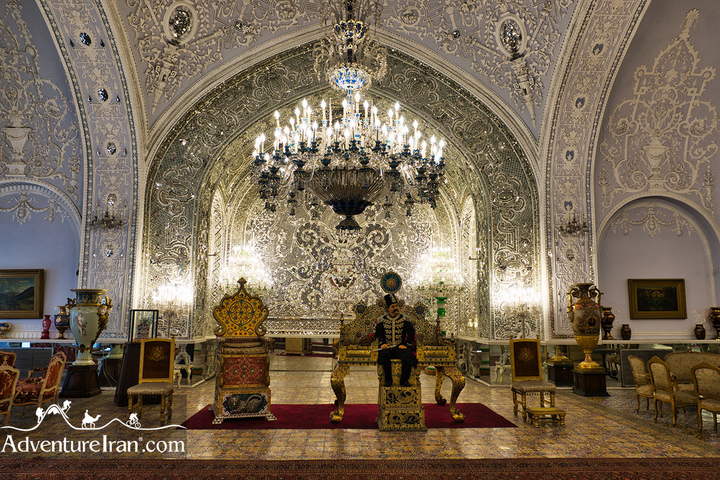
IV. The Grand Complex: Golestan Palace Highlights
A. Takht-e Marmar (Marble Throne)
One of the most iconic features, the Marble Throne, dates back to 1806 and serves as a symbol of royal authority. The throne’s canopy, adorned with mirrors and paintings, adds to its grandeur.
B. Shams-ol Emareh (Edifice of the Sun)
A striking edifice with two towers, Shams-ol Emareh offers panoramic views of Tehran. Its architecture seamlessly fuses Persian and European elements.
C. Hall of Mirrors (Talar-e Aineh)
The Hall of Mirrors, adorned with intricate mirrorwork, crystal chandeliers, and vibrant stained glass, reflects the grandeur of ceremonial gatherings during the Qajar era.
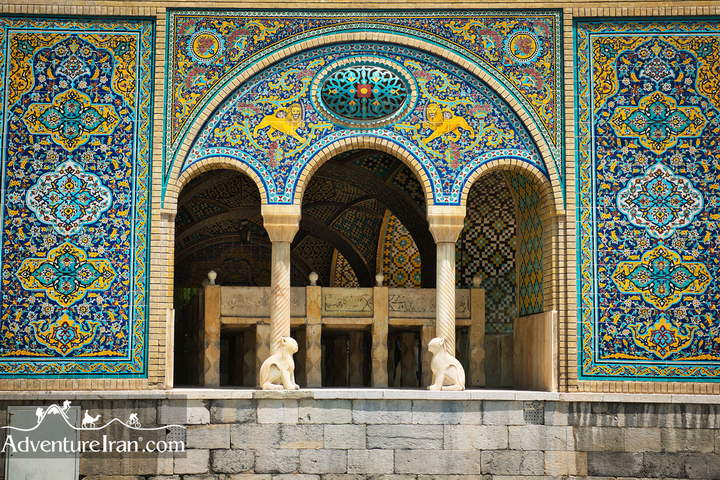
V. Beautiful Gardens: Serenity Amidst Grandeur
A. Emarat Badgir (Wind Towers)
The palace gardens feature Emarat Badgir, elegant wind towers that provide natural ventilation. These towers are not only functional but also add to the aesthetic charm of the surroundings.
B. Negar Khaneh (Gallery of Pictures)
Negar Khaneh, an art gallery within the complex, showcases a remarkable collection of paintings and photographs, offering insights into Iran’s historical narrative.
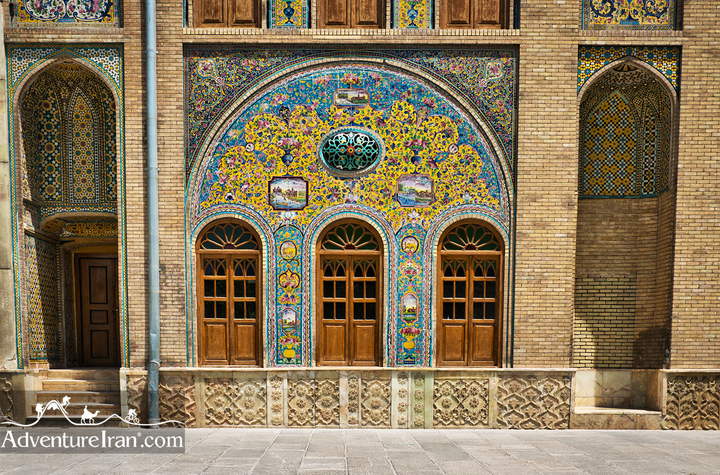
VI. Cultural Significance: Beyond Architecture
A. Ceremonial Significance
Golestan Palace served as the backdrop for numerous royal ceremonies, coronations, and important historical events, making it a living testament to Iran’s regal heritage.
B. Museums and Collections
Today, the palace houses museums displaying royal artifacts, costumes, and treasures, allowing visitors to delve into the opulent lifestyle of Persian royalty.
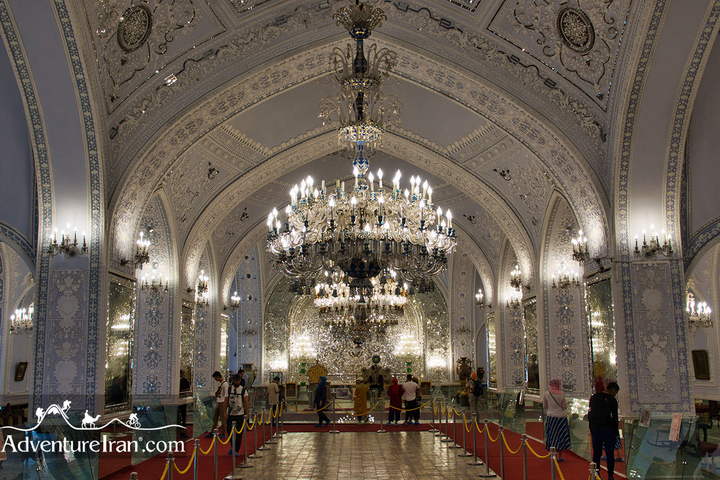
VII. Golestan Palace Today: A Living Heritage
A. Visitor Experience
Golestan Palace continues to attract visitors from around the globe, offering guided tours and cultural events that transport guests to a bygone era of splendor.
B. Preservation Efforts
Ongoing preservation efforts ensure that Golestan Palace retains its majestic allure, allowing future generations to marvel at the architectural and cultural richness it embodies.
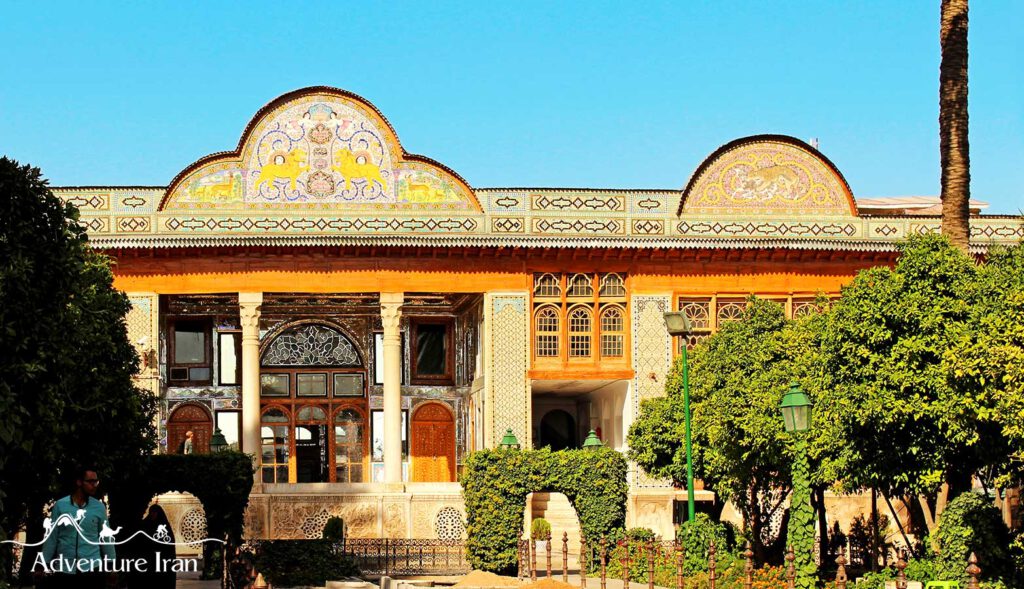
VIII. Conclusion: A Timeless Gem
Golestan Palace stands not just as a physical structure but as a living testament to Iran’s enduring legacy. Its architectural splendor, rich history, and cultural significance make it a must-visit destination, inviting all to bask in the grandeur of Persian royalty.
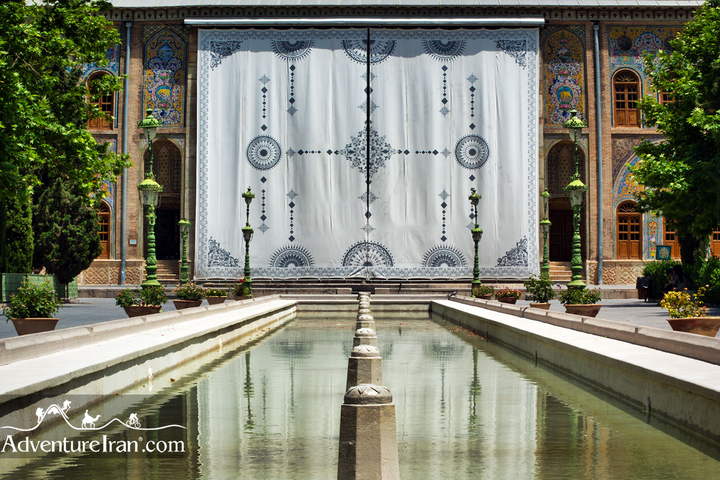
Visitor Information:
- Location: Golestan Palace is situated in Tehran, the capital city of Iran.
- Opening Hours: Visitors can explore the palace from Saturday to Thursday, with varying hours for different sections.
- Admission: Entrance fees apply, with discounts available for students and groups.
- Guided Tours: Guided tours are available in multiple languages, providing in-depth insights into the palace’s history and architectural marvels.
The location of Golestan Palace of Tehran in Google Map

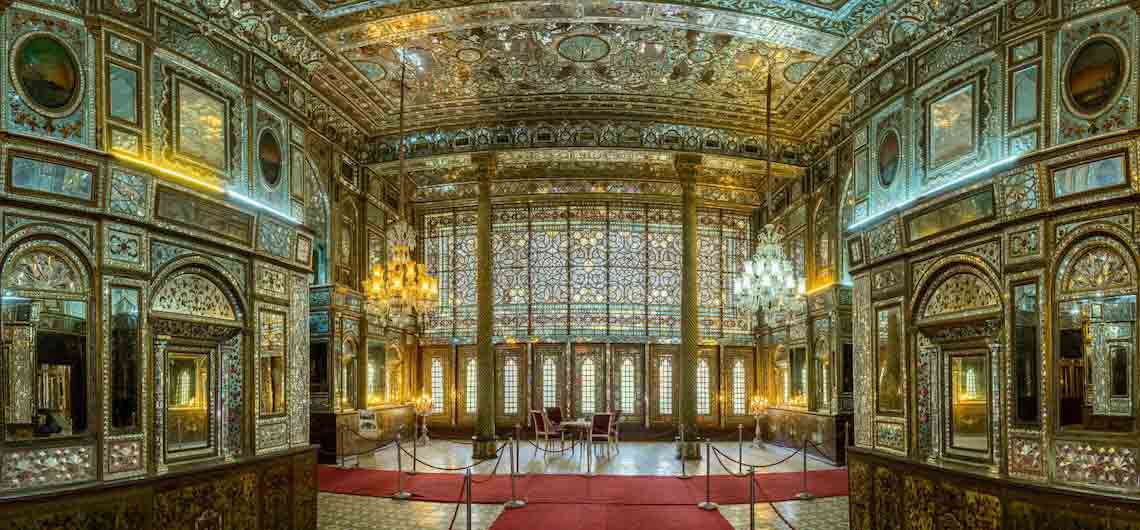
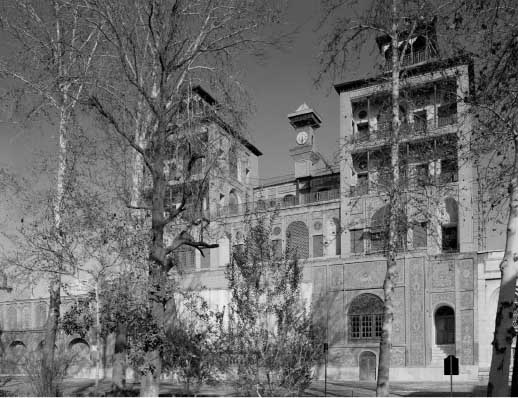
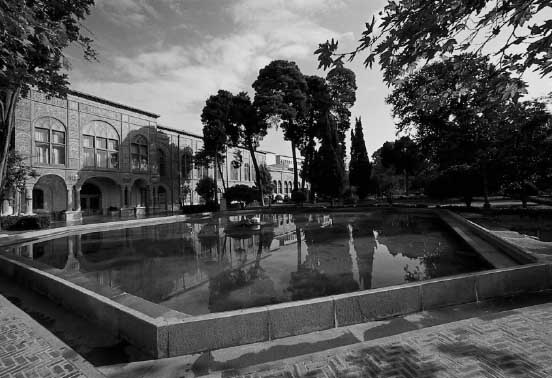
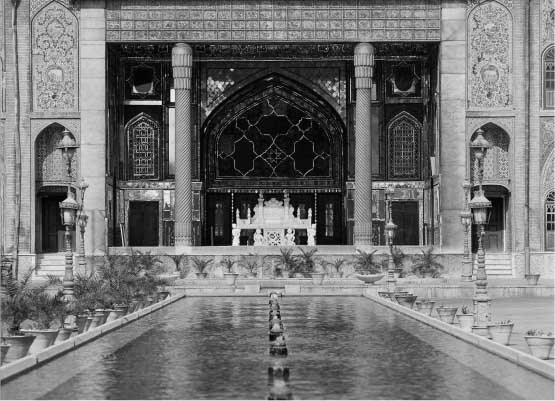
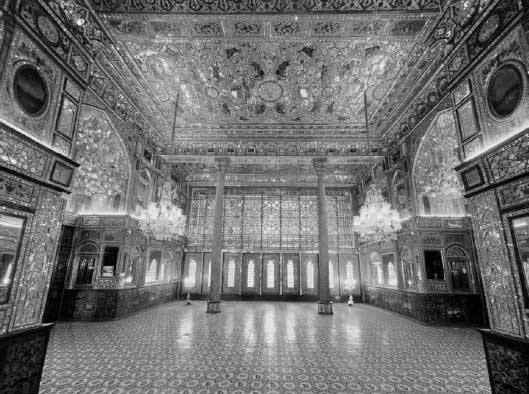
Comments